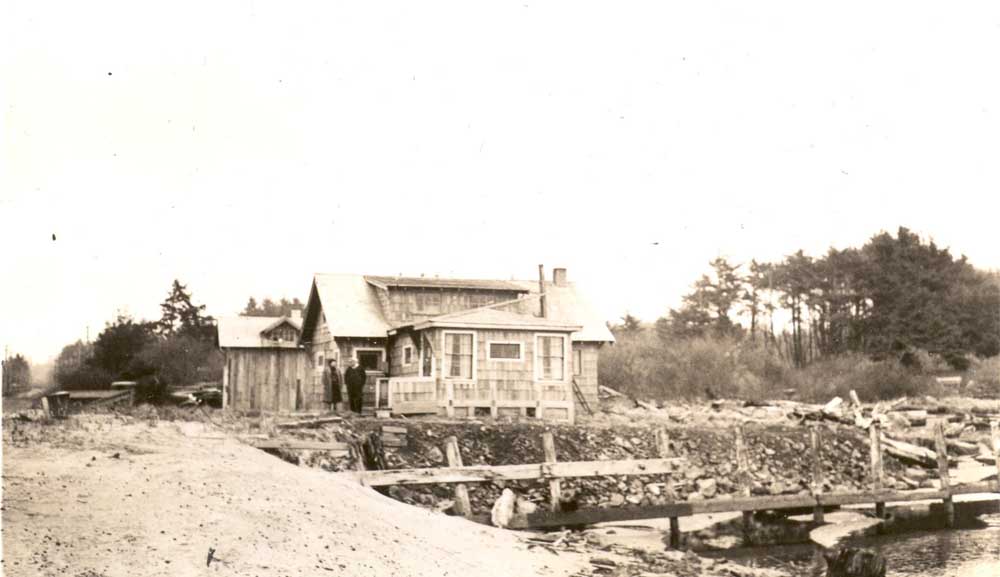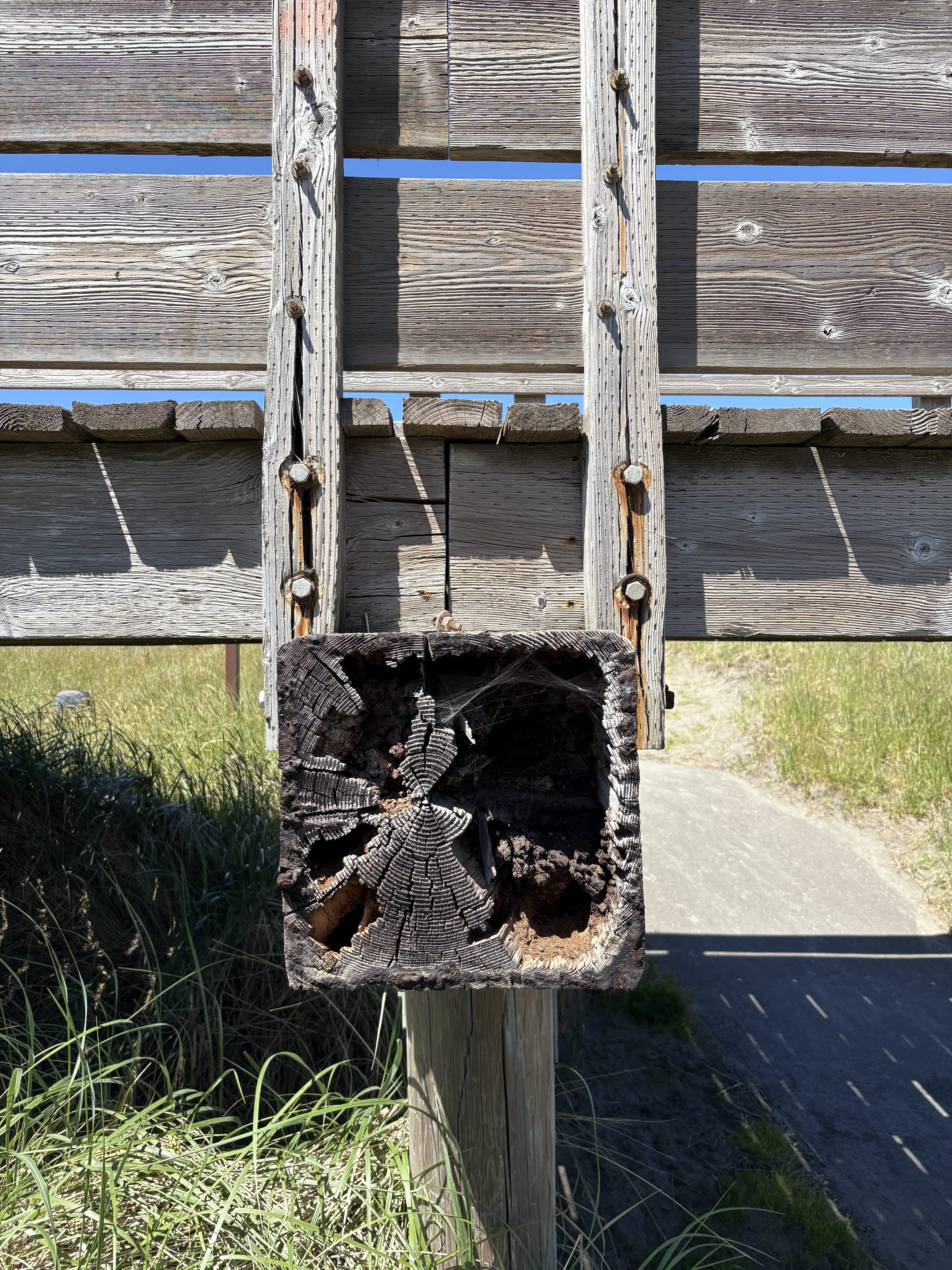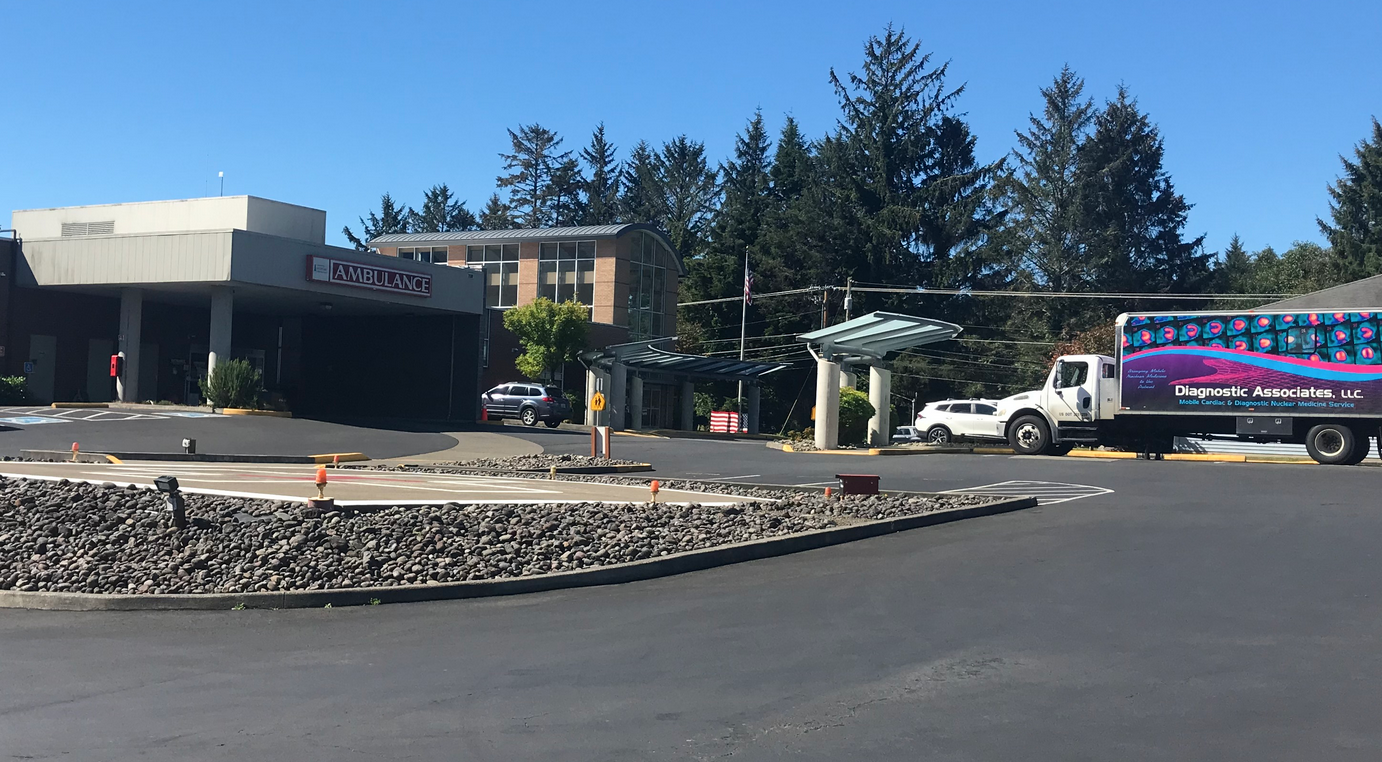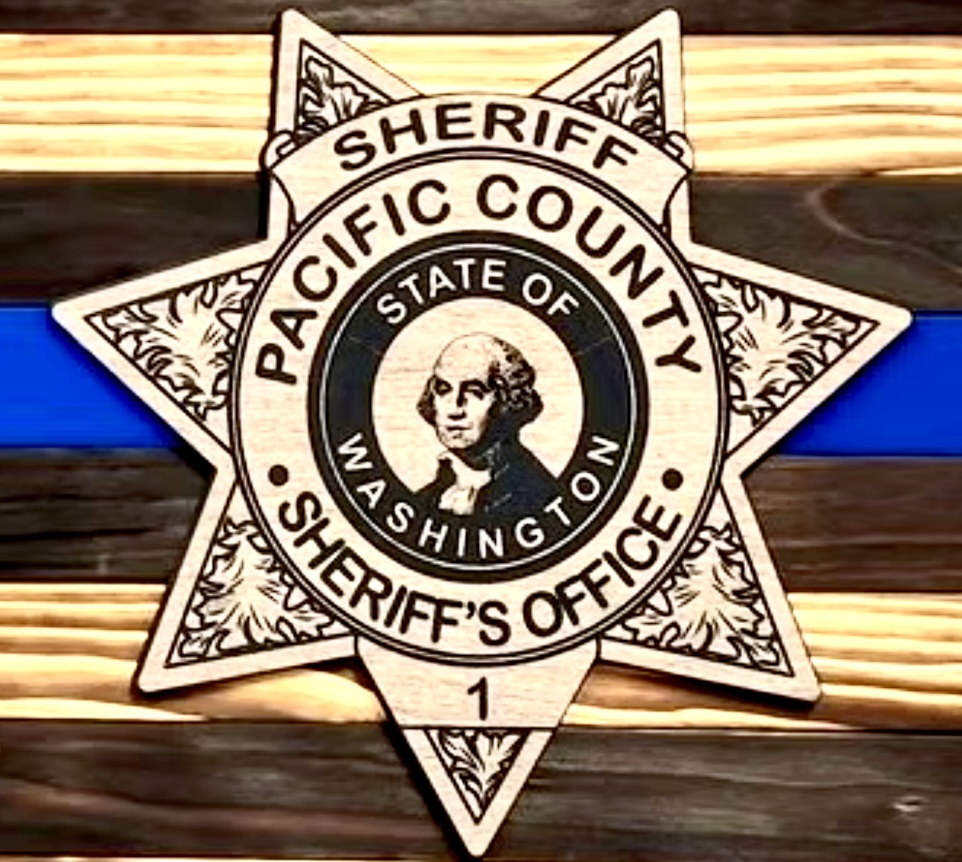Saints or Sinners? Characters of Pacific County: Joe Knowles, Nature Man of Woods
Published 10:20 am Sunday, November 19, 2023

- “Old-timers” on the Peninsula still remember Joe and Marian Knowles’ house at the Seaview approach. It was built from wood washed up on the beach — a “shack” some called it, but everyone agreed that the Knowles’ hospitality was legendary.
Joseph Edward Knowles, Sr. (1869-1942) was one of the Peninsula’s most eminent artists and prominent eccentrics of the first half of the 20th century. He arrived here in 1917, already known throughout the U.S. and most of the world as a sailor, newspaper illustrator, lecturer, author, motion picture producer and actor, showman, nature tamer, Boy Scout counselor and creator of fine etchings, watercolors, and oils. But mostly he was known as “The Nature Man of the Maine Woods.”
Knowles had captured the imagination and attention of millions during the summer of 1913 when he entered the Maine woods with the intent of surviving for 60 days, using only his naked body. his wits, and a knife. When he emerged, bedraggled and 30 pounds lighter, a crowd of 100,000 (or some reports said 200,000) Bostonians welcomed him home. Though rumors of a “hoax” followed him ever after, Knowles never confessed to faking his wilderness experience and, indeed repeated it, (apparently honestly) for 20 days on the West Coast. In spite of publicity from a stint on the vaudeville circuit, followed by a book and a movie of his exploits, the Nature Man’s fame was soon relegated to the proverbial back burner as World War I became a major concern, and Joe relocated to the North Beach Peninsula.
In Seaview, Knowles built a “shack” of driftwood and settled into his artwork. In August 1925, 46 oil paintings commissioned by Robert A. Long were unveiled at the Monticello Hotel in Longview. Knowles also created fine etchings, watercolors and oils which can be seen in homes all over the U.S. and in China, Russia, the Philippines, Germany and South America. He was commissioned to do governors’ portraits, federal art project etchings, and paintings for the Navy.
Though most people such as Charles Mulvey, who knew Joe Knowles and counted him as a friend, are now gone, the stories about him and his eccentricities still circulate. Jack Williams remembered that he frequently came into the movie theater in Ilwaco, driving his touring car with the top town, his big white dog, Wolf, riding in the front passenger seat and his wife and his young woman “art student” sitting in the back. And when Virginia Williams and Keith Jones were married in 1939, Joe and Marion Knowles asked the newlyweds to dinner at their home near the Seaview approach. Virginia remembered that the floor in the kitchen was “just sand.”
What some folks also remember is his 12×3-foot oil painting of the Peninsula and environs, displayed in 1933 at the Century of Progress Exposition in Chicago. It had a position of prominence in the State of Washington Exhibit (and is now a part of the Columbia Pacific Heritage Museum’s permanent collection).
According to the June 2, 1933 issue of the Pacific Tribune, the map “…shows the Peninsula and the Pacific Ocean in the foreground backed by Willapa Bay and Baker’s Bay and the mouth of the Columbia River and with the mountains of Washington and Oregon beyond…. The map contains a rather complete outline of the road and ferry systems leading from Portland and Longview down the Columbia and from the cities of Puget Sound through Aberdeen, Raymond and South Bend. Mount Saint Helens and Mount Hood in the farther background add a touch of mountain beauty to the scene.”
Knowles showed, in detail, all of the Peninsula towns. He named them all, except for one. Long Beach was painted out. The buildings are there. The name is not. According to local lore, the “North Beach Peninsula Map” was to be paid for by the various communities in the area. The city fathers of Long Beach, however, refused to pony up because the map was not called “Long Beach Peninsula Map.” Since “North Beach Peninsula” was (and still is) the official name of the Peninsula according to the U.S. Board on Geographic Names, Mr. Knowles insisted on naming his map correctly.
Furthermore, Mr. Knowles took the attitude “no money, no name” and painted Long Beach out.








